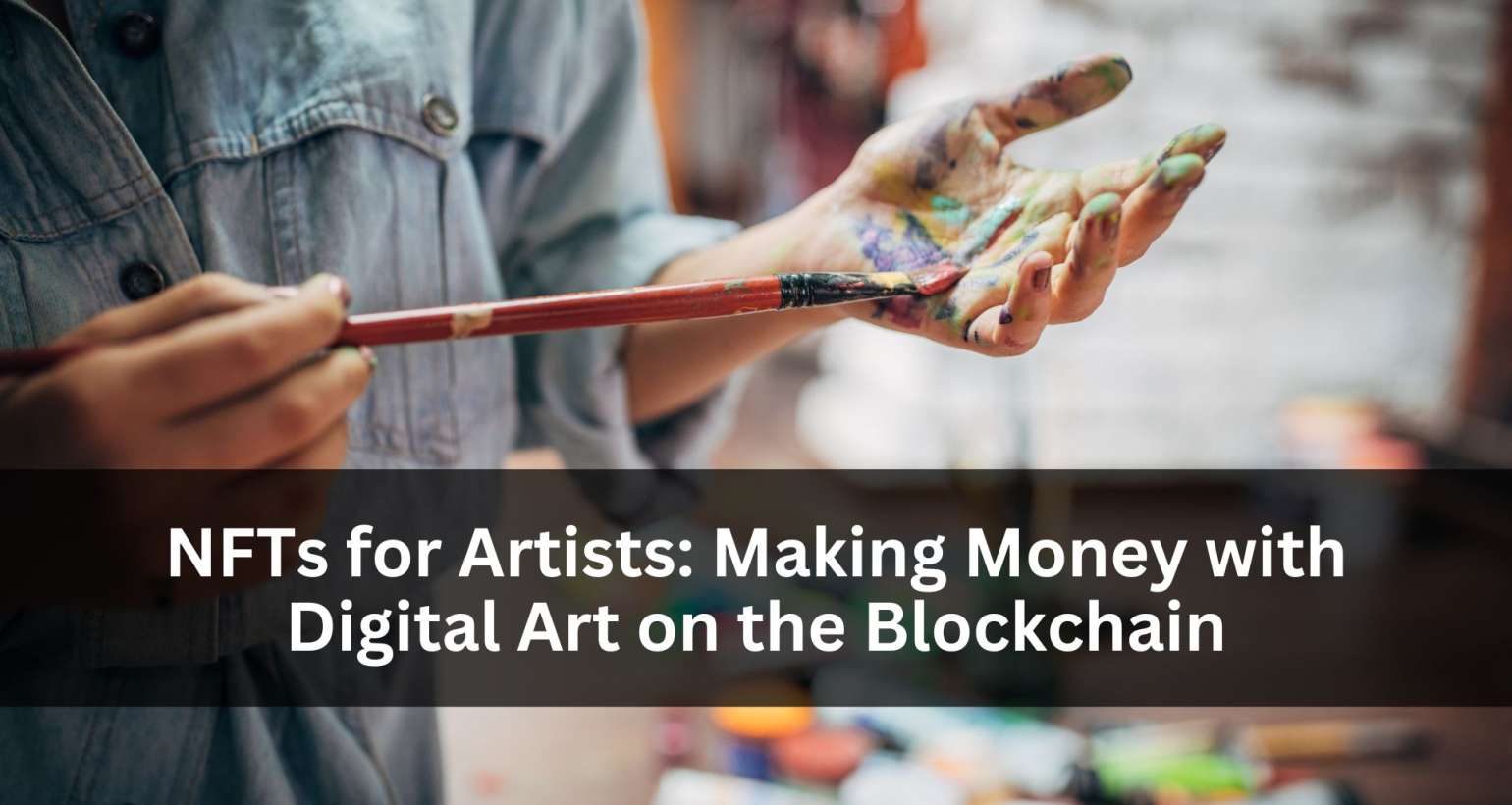In the ever-evolving landscape of art, a major revolution is underway. Artists are increasingly transitioning from traditional mediums to digital platforms, leveraging blockchain technology and Non-Fungible Tokens (NFTs) to create, sell, and authenticate their work. This shift is not merely a trend but a significant evolution in the art world, redefining concepts of ownership, provenance, and value.
The Digital Art Revolution
Digital art has been gaining momentum over the past few decades, propelled by advancements in technology and the proliferation of digital tools. Artists now have access to a vast array of software and hardware that allow for unprecedented creativity and innovation. However, despite these advancements, digital artists have long faced challenges related to copyright infringement and the monetization of their work. The ease of copying and distributing digital files made it difficult to establish authenticity and scarcity, two critical components of art valuation.
Enter NFTs: A Game-Changer for Artists
Non-Fungible Tokens (NFTs) have emerged as a groundbreaking solution to these challenges. Built on blockchain technology, NFTs are unique digital tokens that represent ownership of a specific asset, be it art, music, or virtual real estate. Each NFT contains metadata that distinguishes it from other tokens, making it suitable for certifying digital ownership, provenance, and scarcity.
For artists, NFTs offer several compelling benefits:
- Authenticity and Provenance: NFTs provide a transparent and immutable record of an artwork’s history, ensuring that the creator’s authorship is verifiable and that the piece is not counterfeit.
- Monetization and Royalties: By minting their work as NFTs, artists can sell directly to collectors without intermediaries, retaining a more significant portion of the profits. Additionally, smart contracts can be programmed to pay artists royalties on secondary sales, creating a continuous revenue stream.
- Global Reach: NFT marketplaces operate online, granting artists access to a worldwide audience and democratizing the art market by reducing traditional barriers to entry.
The NFT Art Market: Growth and Trends
The NFT art market has experienced meteoric growth in recent years. In 2021, digital artist Beeple made headlines when his NFT artwork sold for $69.3 million at Christie’s, marking a significant moment for digital art and NFTs. Following this, global sales of art and collectible NFTs peaked at over $20 billion in 2022. However, the market has shown volatility, with sales declining by 63% in 2023.
Despite these fluctuations, the overall trajectory points toward a growing acceptance and integration of NFTs in the art world. The global NFT market size was estimated at $26.9 billion in 2023 and is projected to grow at a compound annual growth rate (CAGR) of 34.5% from 2024 to 2030.
Challenges and Criticisms
While NFTs offer numerous advantages, they are not without challenges and criticisms:
- Environmental Concerns: The energy consumption of blockchain networks, particularly those using proof-of-work consensus mechanisms, has raised environmental concerns. Artists and platforms are exploring more sustainable alternatives, such as proof-of-stake blockchains.
- Market Speculation: The rapid rise of NFTs has led to speculative behavior, with some viewing them as a bubble. This speculation can overshadow the artistic value and lead to market volatility.
- Accessibility and Inclusivity: While NFTs democratize access to the art market, the technical knowledge required to mint and sell NFTs can be a barrier for some artists. Educational resources and user-friendly platforms are essential to address this issue.
The Future of Art in the Age of NFTs
The integration of NFTs into the art world represents a paradigm shift, offering new opportunities and challenges. As technology continues to evolve, artists are likely to further explore the possibilities of digital creation, pushing the boundaries of traditional art forms.
Moreover, the concept of the metaverse, a collective virtual shared space, presents exciting prospects for digital art exhibition and ownership. Virtual galleries and immersive experiences could redefine how audiences engage with art, making it more interactive and accessible. In conclusion, the rise of digital art and NFTs signifies a revolutionary new period in the art world. While challenges remain, the potential for innovation, democratization, and new forms of artistic expression is immense. Artists who embrace this digital revolution may find unprecedented opportunities to showcase their work, connect with global audiences, and redefine the very essence of art in the 21st century.

